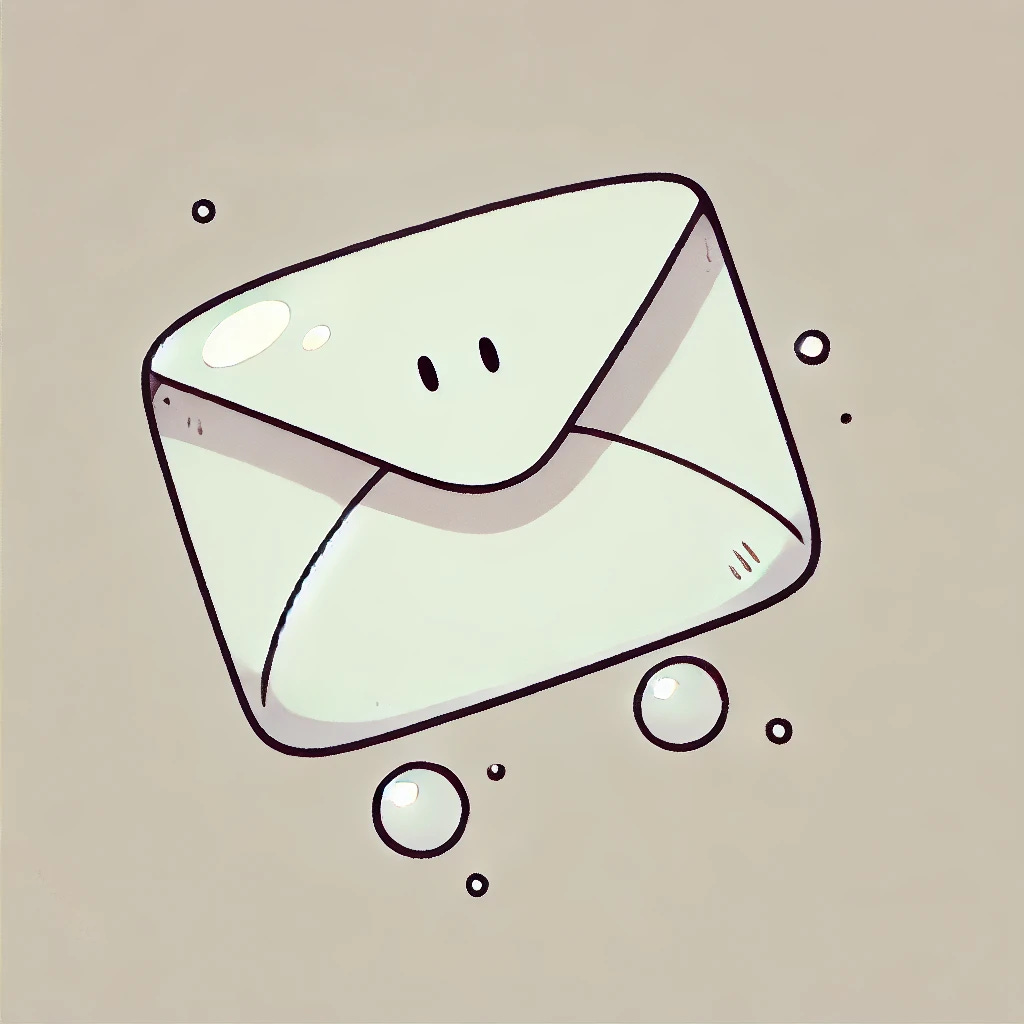How to “work” with residual anxious thoughts and feelings
Hey guys, a few people here know that I also coach on the Immunity program (as a hired coach) at The Sleep Coach School, and from time to time I post there some extra insights.
Recently, I made a post that received positive feedback from the students in the Immunity program, so I thought – why not share it with my newsletter readers as well!
It’s about two analogies that I find helpful when dealing with the residual hyperarousal experiences. Let’s start!
It’s really common that as our recovery goes on and we see the change, there still might be residual worries popping up from time to time. We usually take them as an obstacle to our recovery, and we think that we need to do something about them – only to find that we can’t make them go away.
If that’s been the case for you, this can help.
Those residual bothersome thoughts aren’t actually obstacles. Interestingly, it’s not the thoughts themselves that are the problem, it’s the belief that having these thoughts somehow slows down recovery or makes it impossible: ”If only I could stop thinking and worrying about it, I would achieve recovery!”
This perception can make things tricky. Recovery, however, happens alongside those remaining experiences of fear, doubt, and worry. So they aren’t obstacles, they are temporary companions to this journey.
There are two analogies that I think might help us change that perspective and unlock the rest of our journey, if we feel like we are stuck with residual fears. Hope you'll find some of it useful!
Analogy 1: The echoes of a past battle
When we begin to disengage from the battle, the sounds of clashing swords and shouts may still linger in the distance, but they’re not real threats anymore. They’re just the lingering vibrations of what was once intense and consuming. Similarly, in recovery, these leftover anxious or fearful thoughts are simply the mind processing the aftereffects of the struggle. Like an echo after a loud noise. And what do we do with the echo? We let it finish echoing!
This perspective allows us to see these thoughts as part of a fading experience rather than obstacles to our progress. By viewing them this way, we stop adding layers of fear or urgency to them. It’s just the brain finishing its processing and we allow this process to unfold organically.
Analogy 2: Invitations to problem-solve
Another helpful analogy is to see these residual thoughts as invitations 💌 from the brain to re-engage in the problem-solving game.
Our minds are incredibly smart machines, and if problem-solving has been a big part of our response to anxiety and wakefulness, the brain may continue to offer us chances to dive back in, even when we've already made progress: “Hey, we haven’t thought about this for a while. Maybe you need to do something to prevent anxiety and wakefulness tonight? What about X?”
These invitations, in and of themselves, mean nothing. When we recognize such a thought as an “invitation” rather than a problem, we can make a conscious decision: to accept or respectfully decline it.
Of course, there will be moments when we unconsciously “accept” the invitation and find ourselves lost in rumination for some time. This, too, is normal. When we become aware of it, that’s our cue to decide once again. We can choose to either keep accepting the invitation or to let it hang around, unanswered.
Declining the invitation doesn’t mean making it disappear – it’s okay if our brains keep extending an invitation. We can let our brains do their brain thing while we engage in things that we find meaningful to us.
I hope you found this letter helpful ❤️ If so, please give it a like and share it with anyone who might benefit – I’d truly appreciate it!
See you next time!
Ali



I think you should write a book! Gather all these letters and mix with your youtube videos, there is a lot of great content. I really mean it. Your great work has to have this mark, through a book.
This letter was exactly what I needed right now. Thank you!